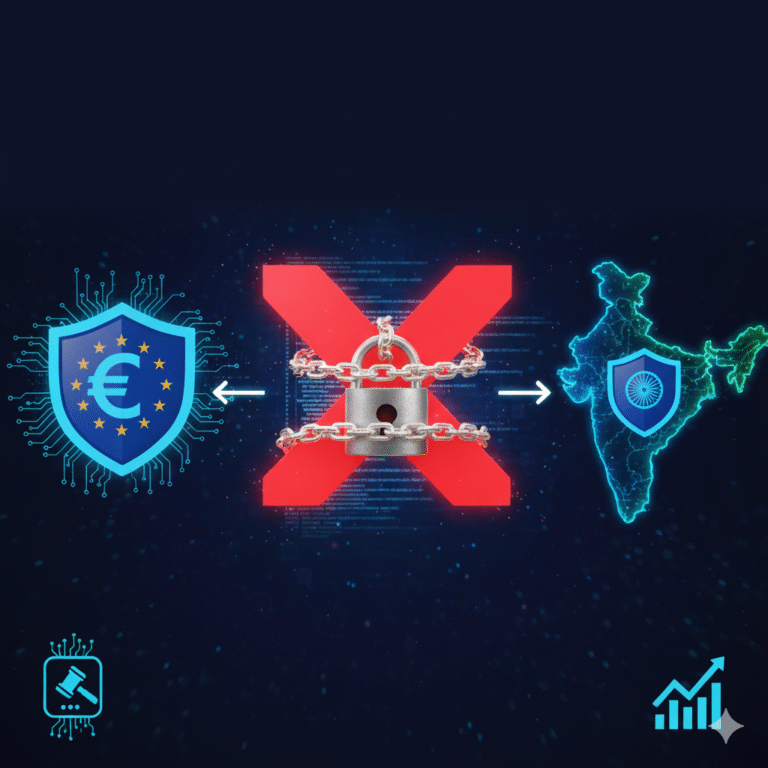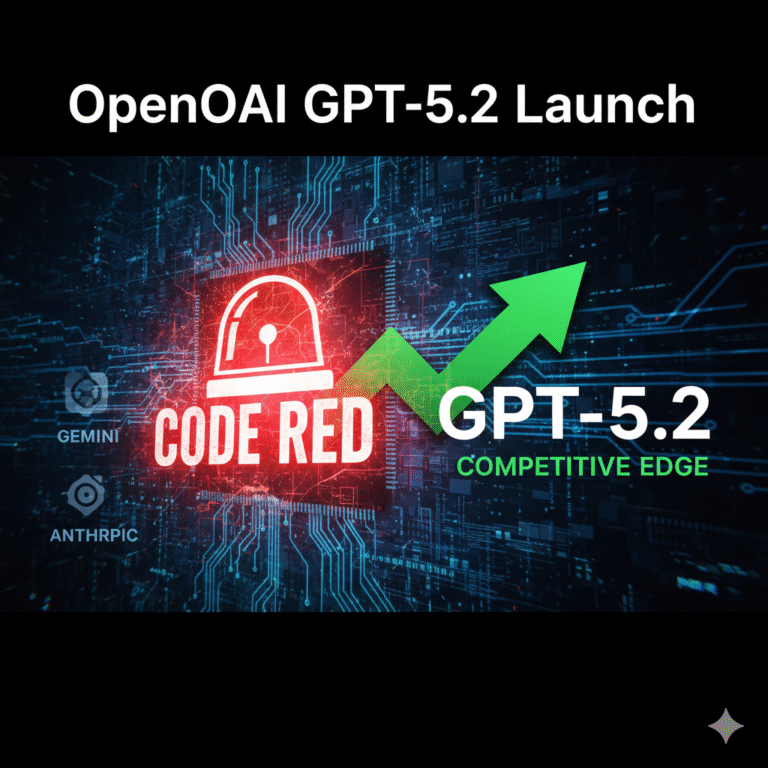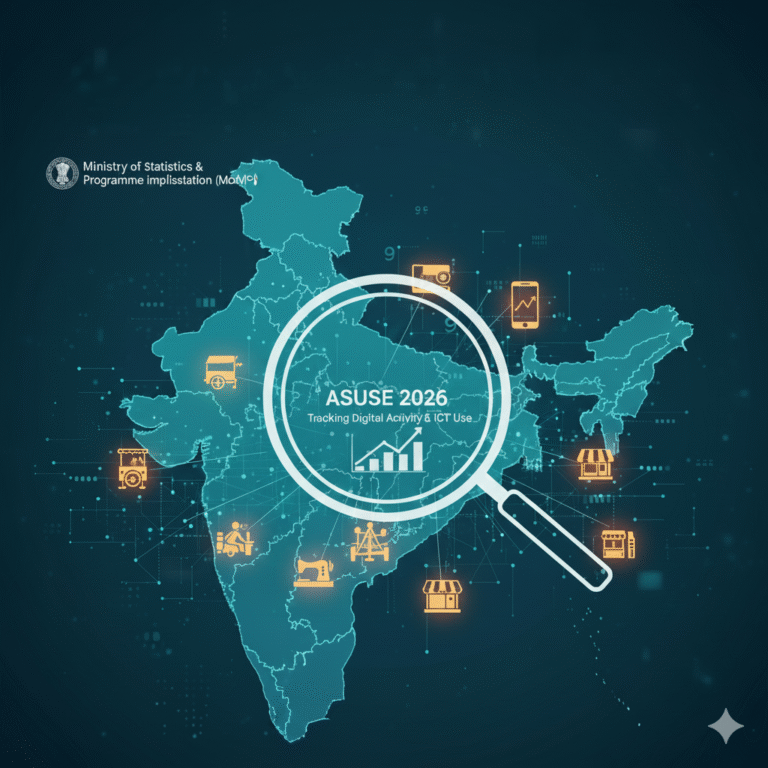The digital ad landscape is booming—and so is ad fraud. AI-powered schemes run by click farms and bot networks are now siphoning off billions from brands every year, capitalizing on superficial metrics and a fragmented regulatory landscape. For marketing teams and business leaders, the question is no longer “if” but “how much” ad spend is being wasted on fraudulent clicks and fake views.
Let’s unpack the scale of the problem, how it works, and what you can do to fight back.
The Billion-Dollar Problem: How AI Fuels Modern Ad Fraud
- Market Impact: Digital ad fraud is projected to reach over $41.4 billion in 2025, with global losses set to climb even higher by the end of the decade. SpiderAF cyberdefensemagazine
- Scope: Fraudsters use AI to power sophisticated click farms and botnets—artificially inflating metrics like impressions, clicks, and engagement across Google, Instagram, and other platforms. SpiderAF
- Industry Hotspots: Programmatic, mobile, and connected TV advertising are particularly vulnerable as AI-powered bots can now mimic human behavior more convincingly than ever. digiday
Key Insight:
Overreliance on visible metrics—clicks, impressions, followers—makes brands easy targets.
How AI-Led Ad Fraud Schemes Work
- Click Farms
Organized groups of people (or bots) click on ads, view Instagram posts, or engage with content, not to purchase—but to inflate apparent popularity. These can be manual (cheap labor) or automated (AI bots) and are often run out of rented offices worldwide. datadome - Bot Networks
Distributed systems of compromised devices simulate realistic browsing patterns, making fraudulent traffic look nearly identical to real-user activity. Sophisticated bots now pass basic checks easily. - Fake Social Engagement
Fake likes, follows, and views—especially on platforms like Instagram—are often purchased in bulk, distorting influencer campaigns, distilling fake brand credibility, and further muddying analytics. - Generative AI Content
AI now creates convincing ad content, fake reviews, and shell websites at scale, flooding digital channels with credible-looking but entirely artificial traffic and endorsements.
Why Do Brands Lose So Much?
- Superficial Success: Campaigns that look successful on paper (impressions, CTR) actually reach few, if any, legitimate customers.
- Misallocated Budgets: With up to 36 cents of every advertising dollar reaching real consumers, most ad spend is being drained by fraudsters—not yielding true ROI.
- Skewed Analytics: Fake engagements degrade data quality, leading teams to wrong conclusions about campaign success and audience targeting.
- Underestimated Losses: Many brands fail to recognize the scope, partly because bots and click farms continue to evolve and outsmart basic detection tools.
The Red Flags: Signs Your Campaign Is a Target
- Sudden spikes in engagement or click-through rates that don’t match sales data.
- Large volumes of traffic from suspicious or previously unengaged geographies.
- Repeated clicks or views from the same IP range or device signature.
- Increase in bot or non-human user agents in analytics reports.
- Poor conversion rates despite seemingly “stellar” awareness metrics.
Modern Ad Fraud Detection: What Works in 2025
- AI-Driven Detection Tools:
Advanced machine learning tracks patterns in user behavior, flagging anomalies like repeated clicks from single IPs, emulated device fingerprints, or out-of-sync browsing sessions. Companies like Pixalate or Integral Ad Science employ these methods at scale. - Ad Verification Services:
Third-party platforms analyze where ads actually appear, filtering out fraudulent or low-quality sources in real time. - Behavioral Analysis:
Techniques like browser telemetry and device fingerprinting help distinguish between genuine users and bots by tracking real-human behaviors rather than just clicks. - Traffic Quality Audits:
Frequent audits of ROI and deep dives into traffic sources identify suspicious activity early and often.
Pro Tip:
Layered strategies work best—combine AI-driven tools, behavioral analytics, and traditional controls like CAPTCHAs.
Regulatory and Industry Responses
- Push for Regulation: Industry groups are calling for stricter regulation and standardized reporting to combat evolving AI fraud tactics, although global enforcement is inconsistent.
- Platform Initiatives: Google and Meta (Instagram’s parent company) have stepped up efforts to crack down on bots and click farms, but the speed of AI tech challenges enforcement.
- Legal Exposure: Brands are increasingly held accountable for their due diligence, facing compliance and brand safety risks if they ignore ad fraud.
Strategies for Brands: Outwit AI-Enabled Ad Fraud
Marketers
- Don’t Rely On Vanity Metrics: Focus on outcome-based goals—lead quality, verified sales, and real conversions.
- Use Reputable Partners: Work with platforms and agencies with transparent methods and sophisticated anti-fraud protections.
- Constant Vigilance: Regularly review campaign data for anomalies and invest in AI-powered fraud detection solutions.
- Upskill Your Team: Ensure marketing staff are educated about ad fraud red flags and best practices.
Executives
- Prioritize Data Integrity: Support investments in detection tech and unbiased third-party audits.
- Advocate for Stronger Regulations: Push for industry-level policy change and minimum security standards.
Small Businesses
- Audit Your Campaigns: Use built-in analytics tools on platforms like Meta or Google Ads to look for non-human patterns.
- Leverage Managed Services: Consider managed ad platforms with built-in fraud protection.
FAQs
How much does ad fraud cost brands each year?
Digital ad fraud will siphon at least $41.4 billion in 2025, and could more than double by 2028 if unchecked.
What is a click farm?
It’s a network (human or bot) hired to generate fake engagement, clicks, and views—especially on social or ad platforms.
How can I detect if my ads are being targeted by bots?
Look for patterns in analytics—like rapid, repetitive actions from the same source or engagement spikes with no corresponding sales.
Can regulation really help?
Yes, but regulations are evolving. Global enforcement and platform cooperation are still catching up to sophisticated AI fraud schemes.
Takeaway: Scrutinize, Detect, and Protect
AI-led ad fraud isn’t just a technical glitch—it’s a rapidly growing business threat that hurts brands, publishers, and genuine consumers alike. As AI gets smarter, so must your detection and prevention strategies. Success now depends on going beyond vanity metrics and implementing robust, layered defenses.









+ There are no comments
Add yours